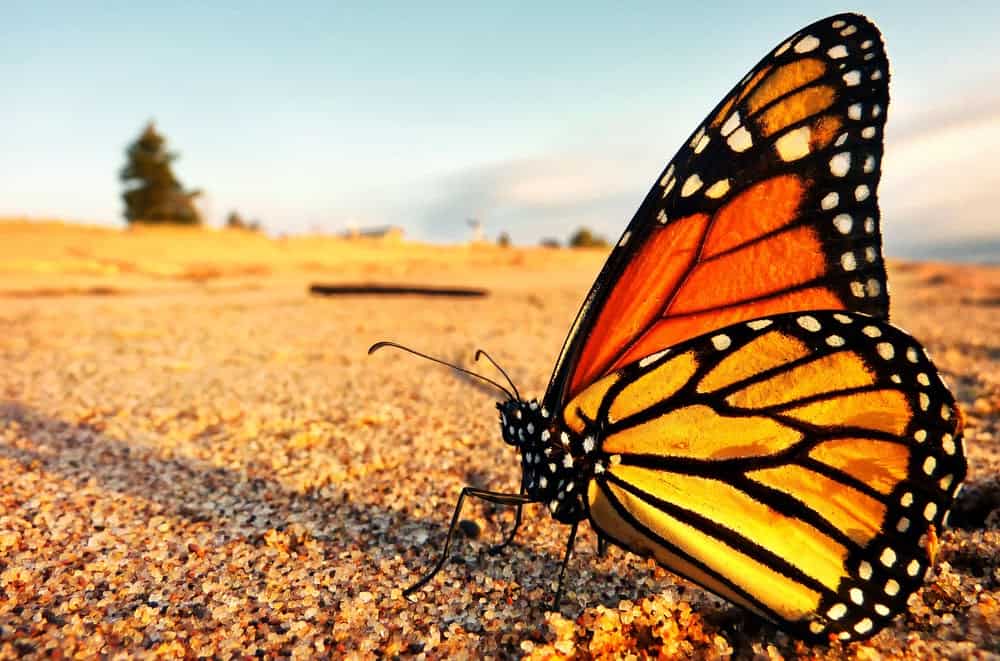Monarch butterflies are some of the most beautiful creatures. Like most people, you have watched them as they flew by or sat near you so you could get a look at their pattern. You might have chased them as a child in hopes of catching one.
If you are fond of butterflies, think they are beautiful, or wonder how they get their patterns, you are not the only one. Scientists are right next to you, trying to find answers to the same questions. In fact, their studies go back over 20 years with tagging more than 1 million monarch butterflies so they could get answers about their behavior, patterns, and migration.
1. Monarch Butterflies Travel Thousands Of Miles During Their Lifespan

You might think that the monarch butterfly stays close to your home, but the truth is they travel about 100 miles on a typical day. Every time you see one, it is more than likely a different butterfly. While they might stay close to one location for the duration of the summer, they will start to travel to the southern states before the weather begins to turn cold in the northern states.
During one migration season, monarch butterflies can travel over 3,000 miles in one direction. The next generation will continue the path of the previous. This means that if one monarch butterfly was heading toward Texas, the next generation would continue this direction.
